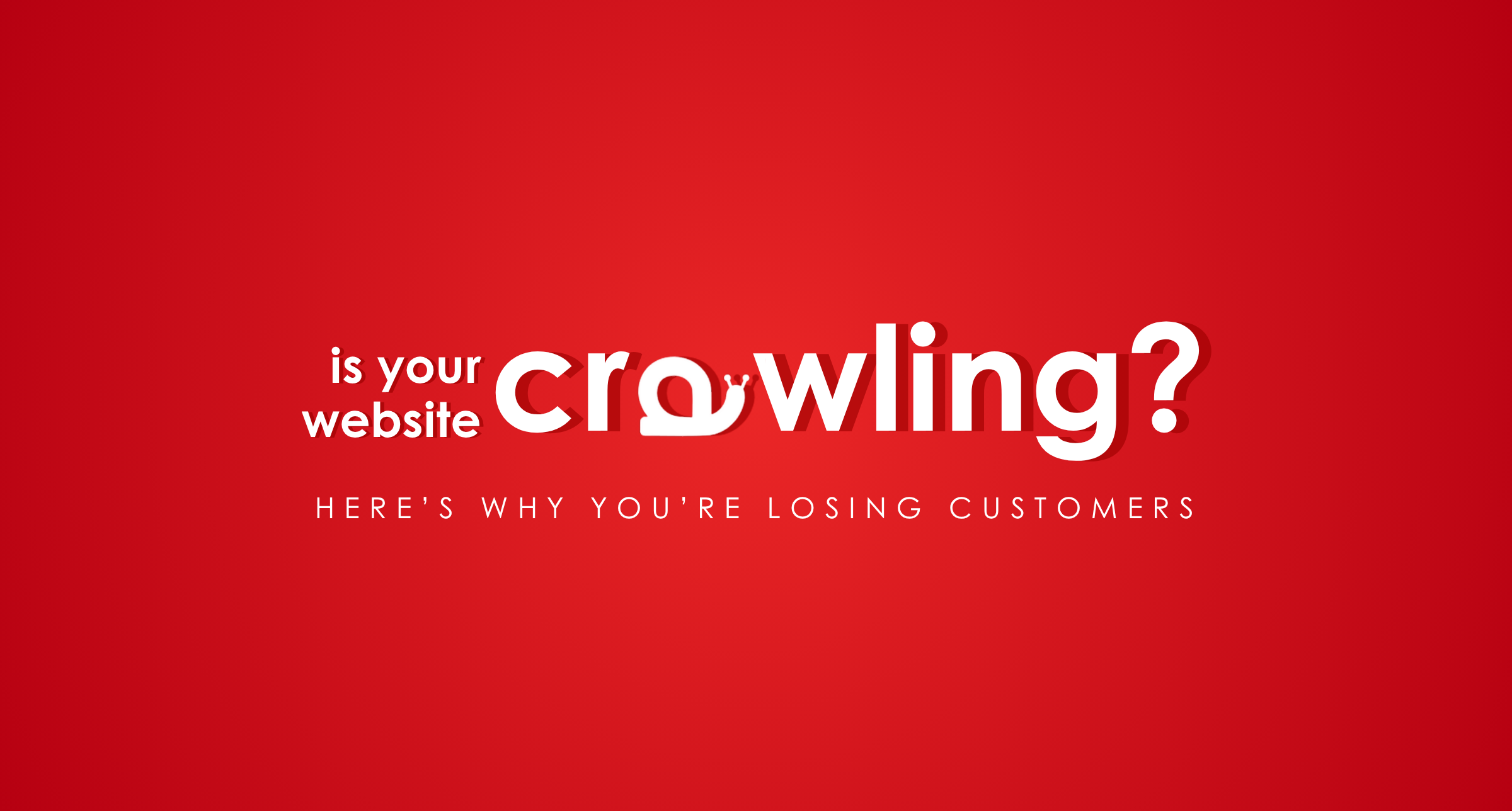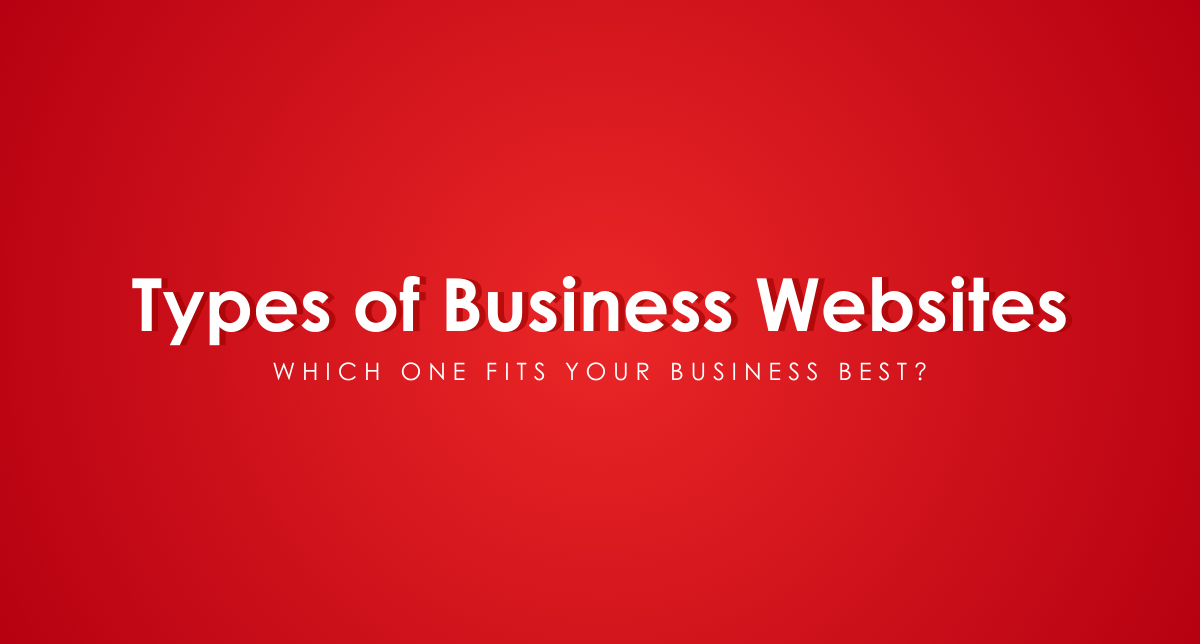
Is Your Website Crawling? Here’s Why You’re Losing Customers
Why Website Speed Matters for Ecommerce
We’ve all been there—waiting for a website to load, watching the spinning wheel, tapping the screen, refreshing, sighing, and then just giving up. Nobody likes to wait, especially online.
Now flip that around. Imagine people doing this on your site. Not great, right?
In today’s world, especially if you run an online shop, a slow website isn’t just annoying—it’s a total dealbreaker. You can have killer products, gorgeous designs, and the best promos, but if your site drags, people leave before they even see what you offer.
So, what’s bogging your site down? And how do you fix it before you lose even more customers? Let’s dig in.
The Frustration Starts (0–3 seconds)
Picture this: Someone clicks your link. The page loads... or tries to. The little loading icon spins and spins.
In those few seconds, that person’s already deciding whether to stay or bail.
Over half of visitors leave if a site takes more than 3 seconds to load. That’s a huge chunk of your audience, gone before your homepage even appears.
Slow load times don’t just hurt your sales—they make your brand look outdated, unreliable, and honestly, kind of annoying.
The Expert Steps In (3–15 seconds)
Here’s what’s usually going wrong, and what you can do to turn things around—starting today.
Mistake 1: Huge, Unoptimized Images
Those beautiful product photos? They’re probably slowing you down.
Heavy images = slower loads, frustrated users, and lower rankings.
How to fix it:
- Compress images before uploading (use TinyPNG, ImageOptim)
- Use modern formats like WebP
- Set proper image dimensions to avoid browser resizing
Pro tip: Only high-res where it matters. Thumbnails don’t need 4K quality.
Mistake 2: Way Too Many Plugins and Features
Pop-ups, chat boxes, animations, reviews—each one adds weight.
Too many plugins = conflicts + slower servers + more work for you.
How to fix it:
- Remove anything you don’t need
- Use all-in-one tools where possible
- Keep plugins updated
Pro tip: A fast, simple site beats a flashy, laggy one every time.
Mistake 3: Poor Hosting Choices
Your hosting is the foundation. Weak foundation = weak performance.
Cheap shared hosting can’t handle high-traffic ecommerce.
How to fix it:
- Choose ecommerce-friendly hosting: Cloudways, SiteGround, WP Engine
- Use a CDN for global loading speed
- Monitor uptime and server response times
Pro tip: Don’t put premium products on a laggy server.
Bonus Tip: Don’t Ignore Mobile
70% of ecommerce traffic is mobile. If your site works only on desktop, you’re losing customers.
What to do:
- Use responsive design
- Compress animations and videos
- Test on real mobile devices
Pro tip: Check PageSpeed Insights for mobile-specific issues.
Why Speed Matters
Every extra second of load time can reduce conversions by 20% — that’s real money.
Fast sites = happy customers = more sales.
Speed isn’t just technical — it’s your customer’s first impression.
The Takeaway: Fix It Before It Hurts
Every second your site delays is another chance for a competitor to win instead of you.
If you’re spending on ads and marketing, make sure your site can handle the visitors you’re paying for.
Let’s Build Something Better
At GDMR, we help ecommerce brands create websites that are fast, reliable, and optimized to convert.
- We audit performance
- We fix load issues
- We optimize for sales
Because online, speed = conversions.
Ready to build the best? Let’s talk.



Leave a comment: